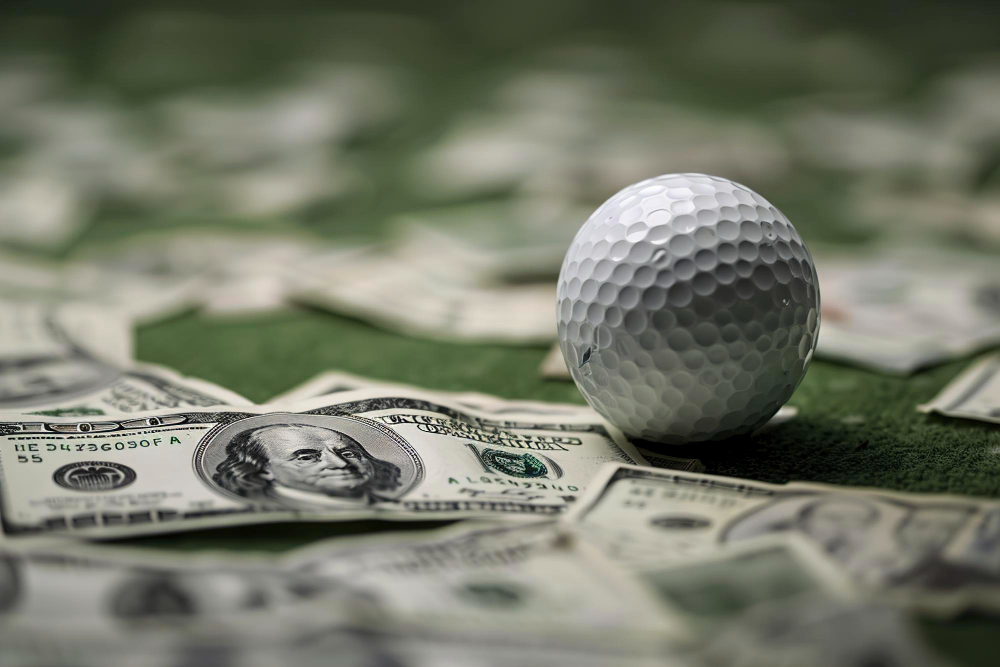The Masters is a unique phenomenon in golf—and sports in general. While other tournaments desperately chase every dollar, the Masters does the opposite: it turns down millions with a smile.
This event, considered the most prestigious of the Majors, rejects $270 million a year in broadcast rights revenue. Why? Because it doesn’t need that money to remain king. While the US Open earns $93 million from domestic TV rights alone, the Masters settles for zero.
Augusta, golf’s sacred temple, has chosen to cede control of its broadcast rights to keep its unique atmosphere intact. The broadcast is limited to just six sponsors, and commercials don’t exceed four minutes per hour—just enough to cover costs. You won’t find billboards or ads on the tees, because honestly, it wouldn’t be the same if Amen Corner were the “American Express Corner.”
As for tickets, a four-day pass costs $475, but on the resale market, prices soar above $10,000. And the curious thing is: Augusta doesn’t see a penny of that extra money. Despite the astronomical resale profits, they don’t mind. Their goal isn’t to maximize revenue, but to preserve exclusivity. In fact, that mystery and resale market only fuel Augusta’s legend even more.
So, how does the Masters make money? Its biggest revenue source is merchandising, bringing in over $80 million a year. That’s joined by $40 million from ticket sales, $25 million from international TV rights, and $8 million from concessions. It turns out the Masters isn’t a charity, but a giant that knows exactly how to keep control! Exclusivity is its treasure—and in the end, it’s what keeps it above the rest.

